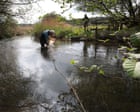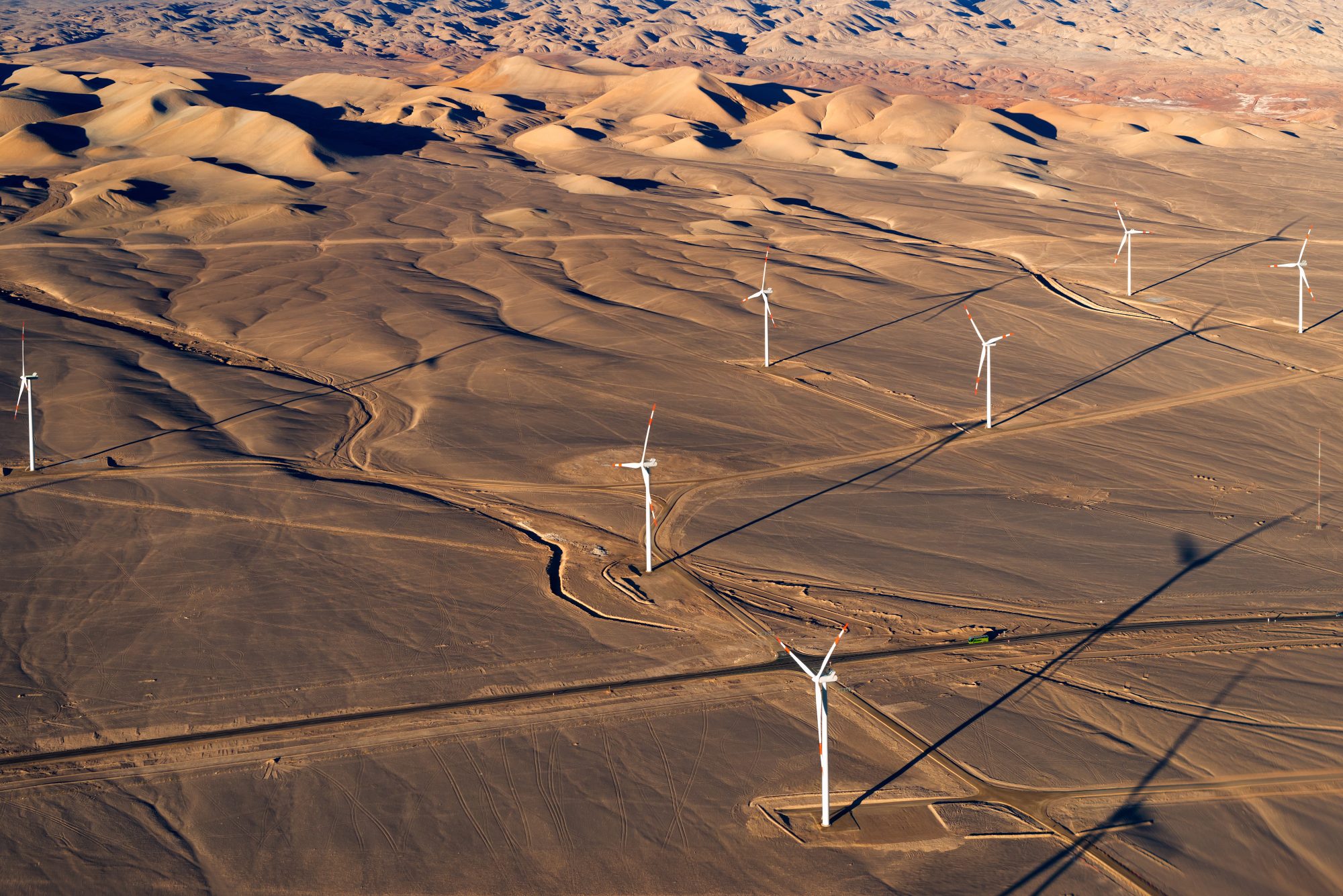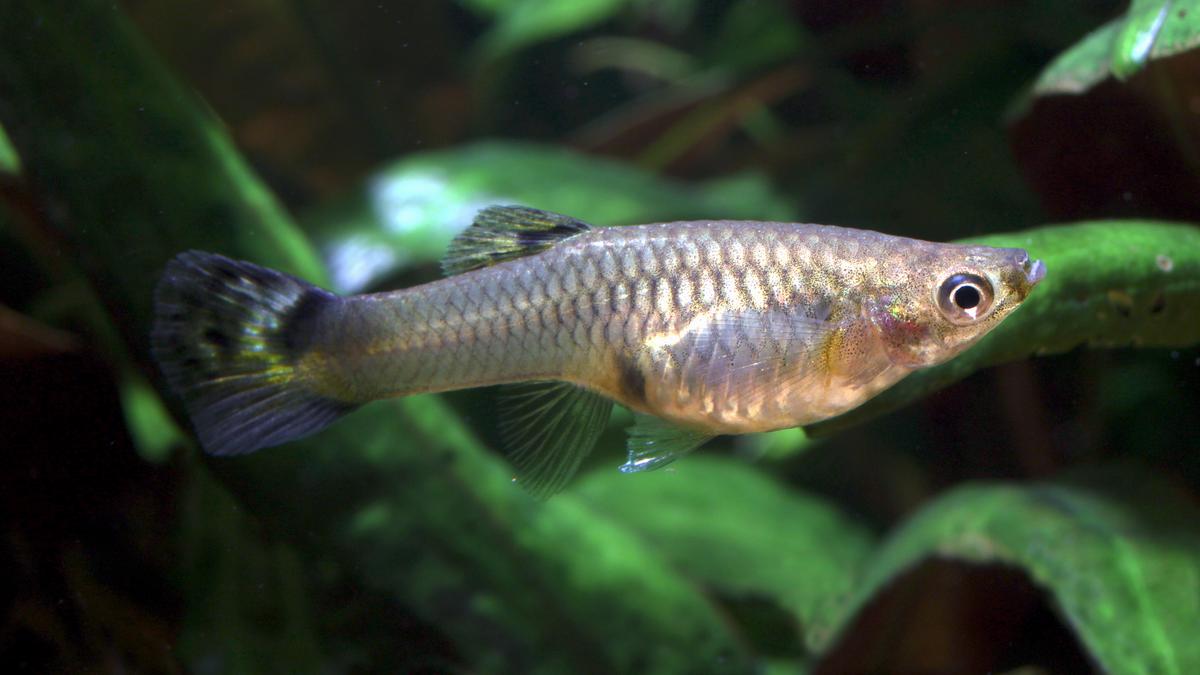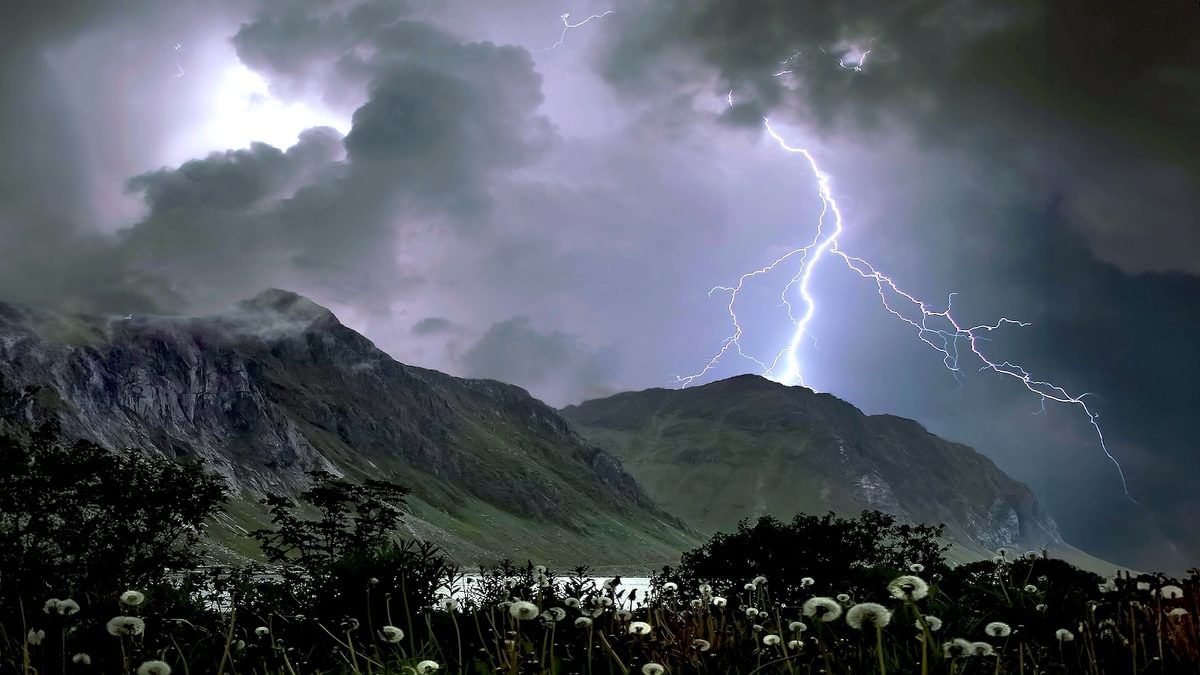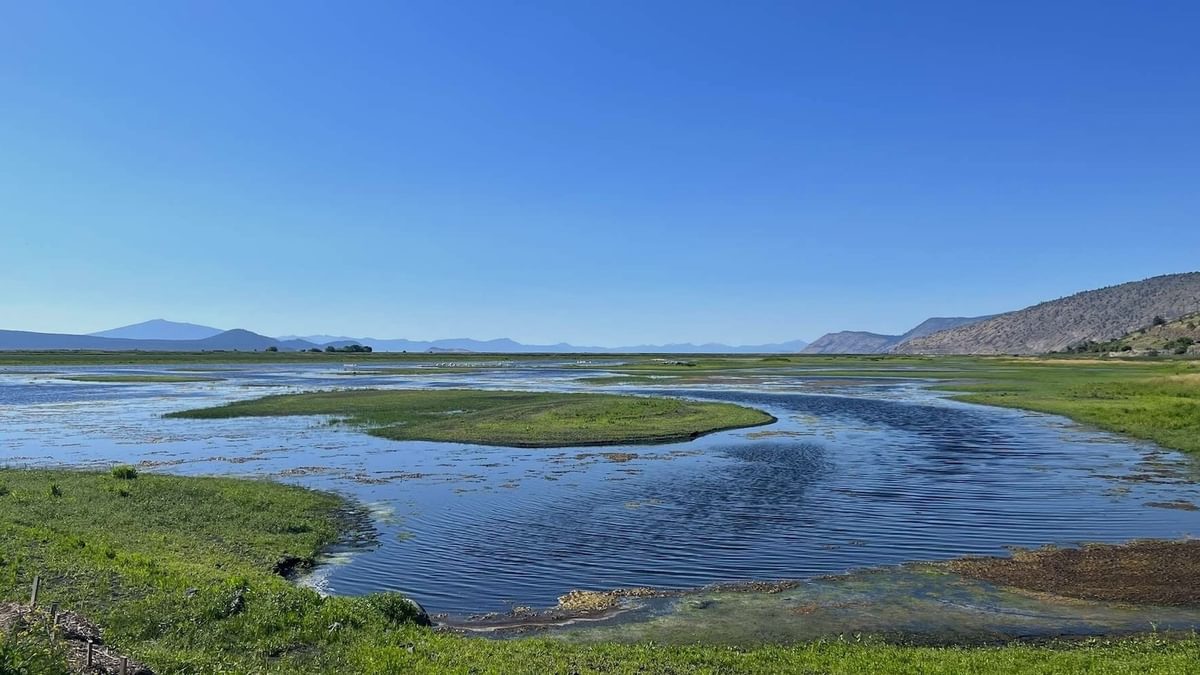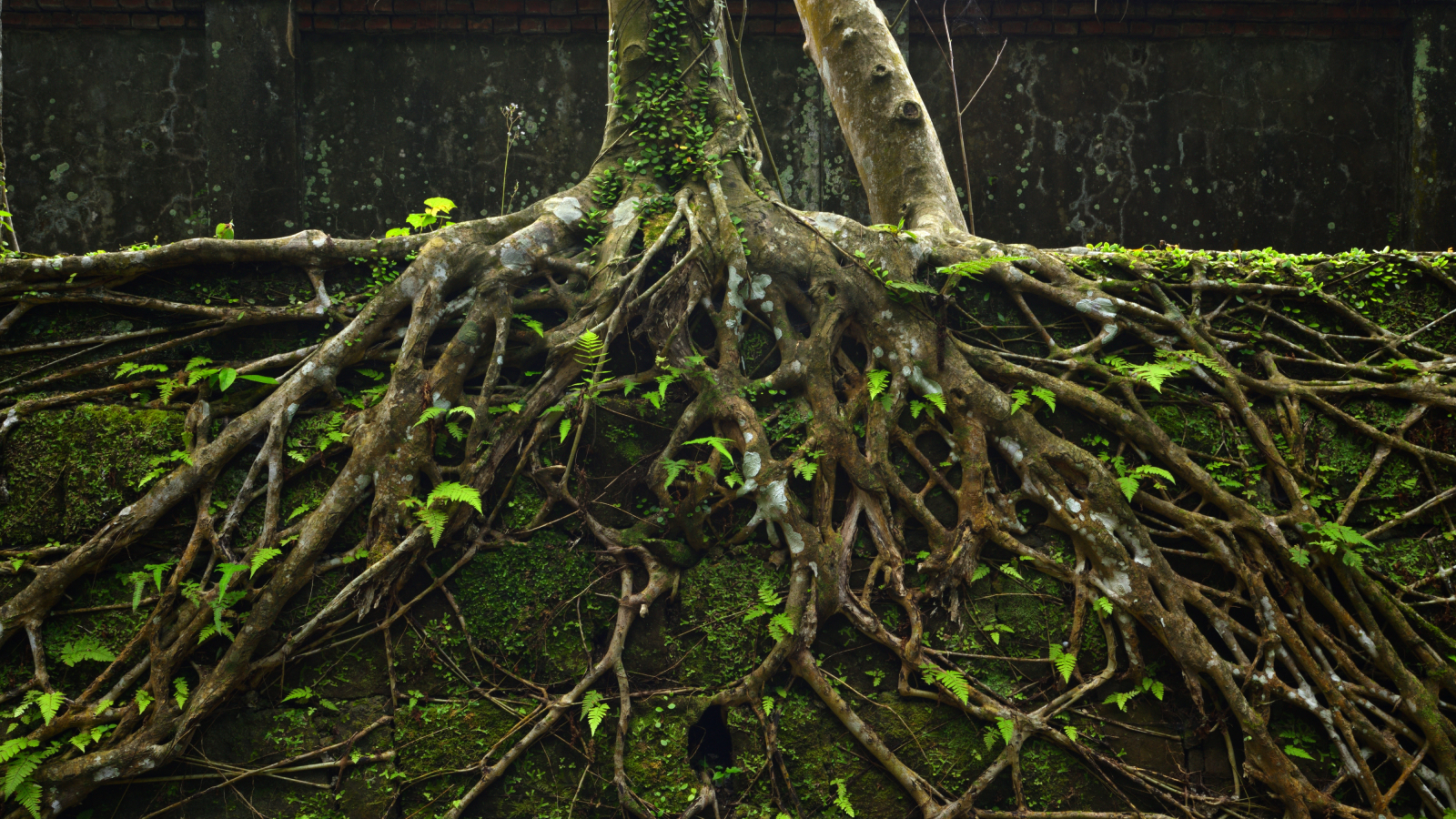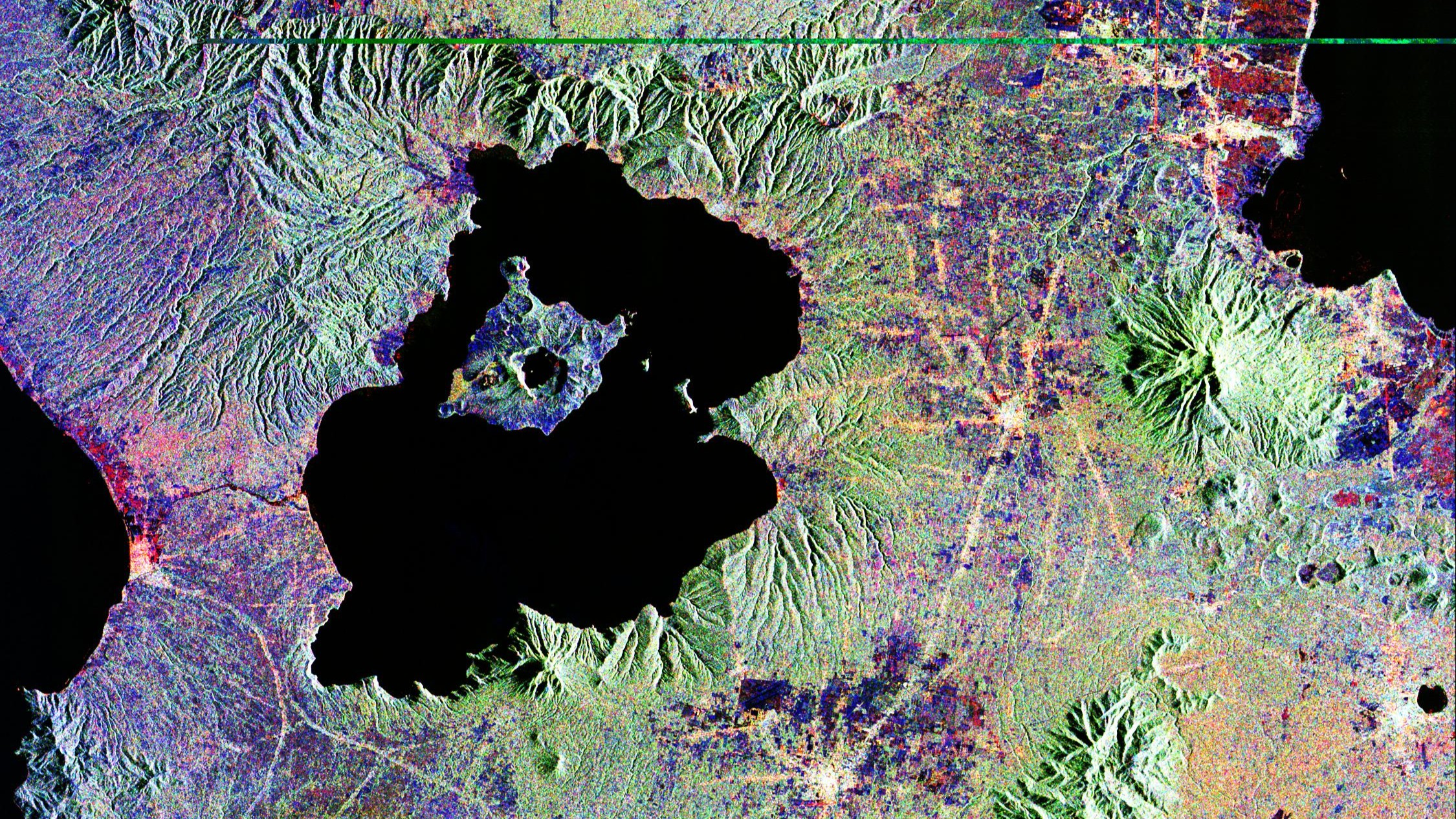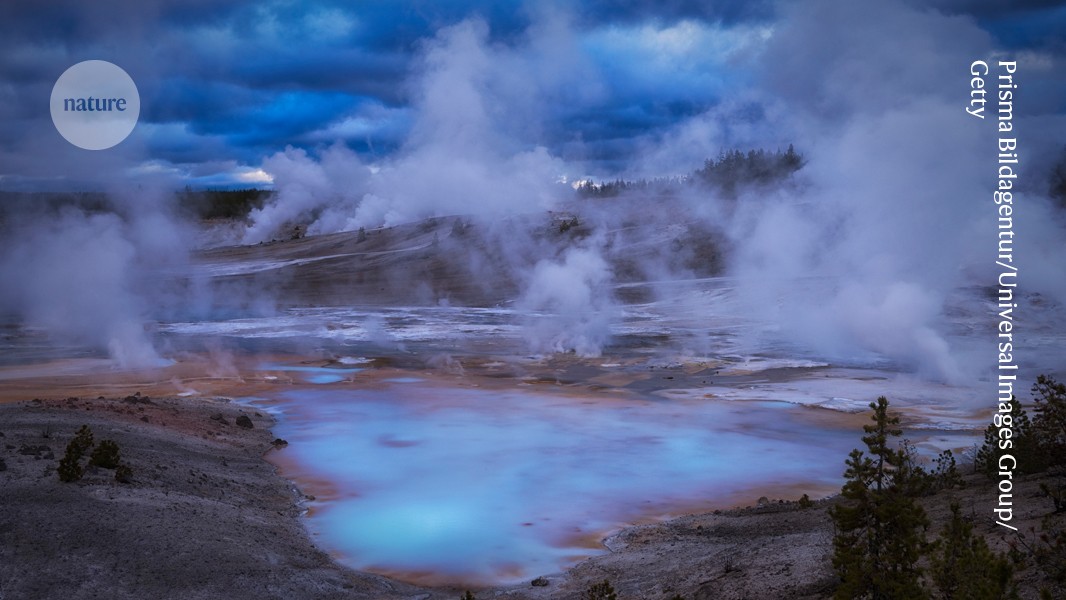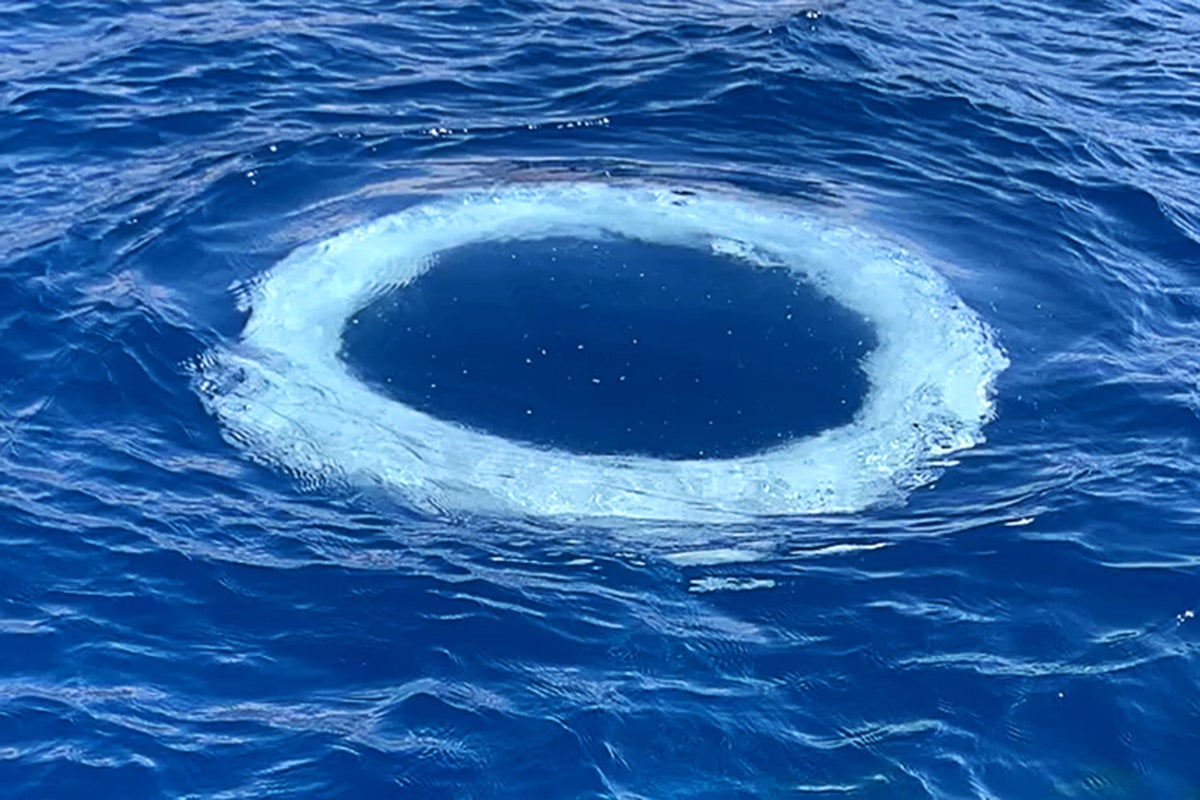Poems spanning 1,400 years tell the tale of a revered porpoise
Chinese scientists trace the Yangtze finless porpoise's history in Asia’s longest river–for conservation. The post Poems spanning 1,400 years tell the tale of a revered porpoise appeared first on Popular Science.

A team of scientists in China turned to an unusual source to track the population of the Yangtze River’s finless porpoises: ancient poems. The writings samples written over the past 1,400 years indicate that the Yangtze finless porpoises’ (Neophocaena asiaeorientalis) range has decreased at least 65 percent and most of the declines have occurred within the past 100 years. The findings are detailed in a study published May 5 in the Cell Press journal Current Biology and connect biodiversity with almost two millennia of Chinese culture.
“Our work fills the gap between the super long-term information we get from fossils and DNA and the recent population surveys. It really shows how powerful it can be to combine art and biodiversity conservation,” Zhigang Mei, a study co-author and hydrobiologist at the Chinese Academy of Sciences said in a statement. Mei grew up alongside the Yangtze River revering the porpoises and the elders in his community taught that they were like spirits who could understand the weather and fish levels. Hurting the mammals was also considered bad luck.
Stretching almost 4,000 miles from the Tanggula Mountains of the Tibetan Plateau to the East China Sea near Shanghai, the Yangtze is the longest river in Asia and the third longest in the world. Many poets have written about the body of water, including Qianlong, the emperor of the Qing dynasty. Since poets and tradespeople alike relied on the river and its tributaries for travel, many caught glimpses of the Yangtze finless porpoise. The porpoise is the only known freshwater porpoise in the world and used to live in most of the river.

“Compared to fish, Yangtze finless porpoises are pretty big, and they’re active on the surface of the water, especially before thunderstorms when they’re really chasing after fish and jumping around,” said Mei. “This amazing sight was hard for poets to ignore.”
In the study, the team systematically dug through preserved poems dating back to the year 618 CE and found hundreds of references to the porpoises. According to Mei, the fact that a freshwater mammal like the Yangtze finless porpoise appears so frequently reflects the deep connection between people and nature in Ancient China.
“One of the biggest challenges in this research was just the sheer number of Chinese poems out there, and the fact that every poet had such a different style,” said Mei. “We had to figure out how accurate the poets were being. Some might have been really focused on realism, describing what they saw as objectively as possible. Others might have been more imaginative, exaggerating the size or behavior of things they saw. So, once we found these poems, we had to research each poet’s life and writing style to make sure the information we were getting was reliable.”
The team contextualized the porpoise references in the poems and compared them with historical records of the poet’s life events. This helped them pinpoint the chronological time and geographic location of the porpoise sightings. The results showed that the Qing Dynasty (1636 to 1912 CE) had over half of the total porpoise poetry, with 477 poems mentioning the Yangtze finless porpoise. The Ming Dynasty (1368 to 1644 CE) came in second with 177 poems, followed by the Song Dynasty (960 to 1279 CE) with 38 and the Yuan Dynasty (1271 to 1368 CE) with 27. The Tang Dynasty (618 to 907 CE) had only five poems.

Next, the team used the information in the poems to reconstruct the porpoise’s distribution in the river over time. The sharpest habitat-range decrease occurred over the past century—between the Qing dynasty and modern times. The porpoise’s range throughout the main part of the river has decreased by 33 percent since the Tang Dynasty. The porpoises’ range among the tributaries and lakes that the Yangtze feeds into has also decreased by 91 percent.
The sharp decline over the past 100 years aligns with previous studies. That research attributed this drop to human changes to the Yangtze River–especially hydraulic engineering projects. The river is home to the largest hydroelectric facility in the world–Three Gorges–among numerous other projects that generate electricity, but can disrupt the river’s flow. Additionally, dam constructions during the 1950s blocked off their movement from the river’s mainstream and is likely why they disappeared from the Yangtze’s lakes and tributaries. In just the past few decades, two other species endemic to the Yangtze—the baiji dolphin (Lipotes vexillifer) and the Chinese paddlefish (Psephurus gladius)—have gone functionally extinct in the area, likely due to the same habitat changes.
[ Related: Eavesdropping on pink river dolphins could help save them. ]
“Protecting nature isn’t just the responsibility of modern science; it’s also deeply connected to our culture and history,” says Mei. “Art, like poetry, can really spark an emotional connection, making people realize the harmony and respect we should have between people and nature.”
In future research, the team plans to go back into the poems that they’ve collected to see what they can find about what the river looked like, how large the pods of porpoise used to be, and how they might have behaved. They hope that this work can eventually help today’s Yangtze finless porpoise population recover and inspire more scientists to use poetry, novels, paintings, and other historical art forms to gain ecological insights.
“This work made me rethink the scientific value of historical literature and showed us the power of thinking across disciplines,” said Mei. “Chinese poetry, this ancient art form, can be a serious scientific tool. Using the past to understand the present, ‘decoding’ the stories behind the art: it’s not just research, it’s like having a conversation with the poets of the past.”
The post Poems spanning 1,400 years tell the tale of a revered porpoise appeared first on Popular Science.













